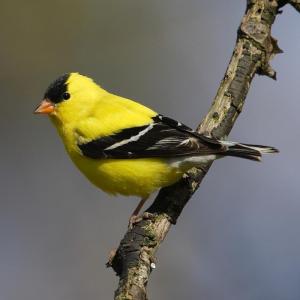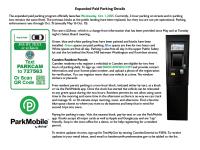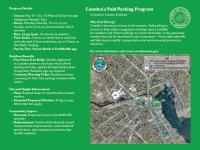Five Surprising Facts About the Potato Chip Bird
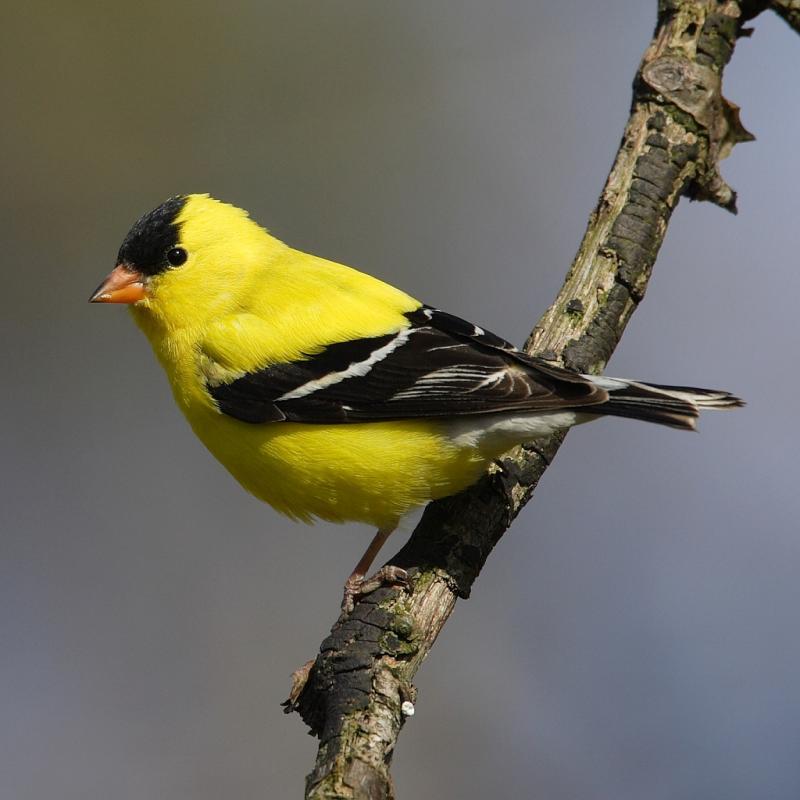 American goldfinch males do what is called a Butterfly Display flight during the breeding season, one of many things about these familiar birds that you may not know. Photo by mdf courtesy of Wikimedia Commons
American goldfinch males do what is called a Butterfly Display flight during the breeding season, one of many things about these familiar birds that you may not know. Photo by mdf courtesy of Wikimedia Commons
 On a recent birding outing, the authors saw a flock of American goldfinches jostling about along a roadside, seemingly with a purpose, perhaps picking up grit or salt from the ground. Courtesy of Jeff Wells
On a recent birding outing, the authors saw a flock of American goldfinches jostling about along a roadside, seemingly with a purpose, perhaps picking up grit or salt from the ground. Courtesy of Jeff Wells
 American goldfinch males do what is called a Butterfly Display flight during the breeding season, one of many things about these familiar birds that you may not know. Photo by mdf courtesy of Wikimedia Commons
American goldfinch males do what is called a Butterfly Display flight during the breeding season, one of many things about these familiar birds that you may not know. Photo by mdf courtesy of Wikimedia Commons
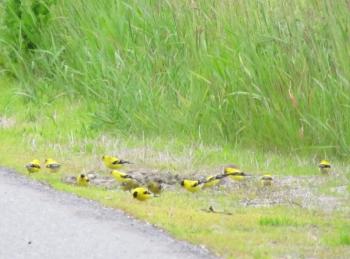 On a recent birding outing, the authors saw a flock of American goldfinches jostling about along a roadside, seemingly with a purpose, perhaps picking up grit or salt from the ground. Courtesy of Jeff Wells
On a recent birding outing, the authors saw a flock of American goldfinches jostling about along a roadside, seemingly with a purpose, perhaps picking up grit or salt from the ground. Courtesy of Jeff Wells
Most songbird species only form flocks in the non-breeding season. Think of American robins, red-winged blackbirds, or chipping sparrows as a few examples. In migration or in winter, any of these species can be in flocks ranging from dozens to hundreds, or in the case of red-winged blackbirds, in the thousands.
Last week, we stopped under the shade of a roadside tree at our local grassland to listen to the sounds of summer breeding birds—the bubbling songs of the bobolinks, the sizzly tunes of the savannah sparrows. It was then that we noticed that the gravel roadside was sprinkled with bright yellow birds moving and jostling about. They were American goldfinches, the males very bright yellow and the females a more subdued greenish color. There were twenty-five or more, all picking up salt or grit with seeming purposefulness.
We like to call the American goldfinch the potato chip bird. That’s mostly because they have a common call that they often give in flight that sounds like “po-tato-chip, po-tato-chip.” Of course, they are also yellow or yellowish like a potato chip, making the call perhaps a little easier to remember.
The American goldfinch, or potato chip bird, is one of the most well-known and well-loved birds perhaps in part because it is quite ubiquitous across the U.S. and southern Canada. It also loves to come to backyard feeders where it can be easily observed. And yet, we’ll bet there are a number of things you may not have known about the species. We present here five surprising facts about the potato chip bird.
1) Male American goldfinches do a breeding season flight display called Butterfly Flight in which the male sings exuberantly while flying with slow exaggerated wingbeats in a roughly circular pattern. Sometimes several males will engage in these displays in the same place, leading some researchers to wonder if it is a form of breeding behavior in which the females choose males by observing them in competition with each other. We have seen a number of male American goldfinches doing these Butterfly Flight displays in the last week or so.
2) American goldfinches are one of the latest birds to nest in our area, not typically starting until late June at the earliest. This may be because they almost exclusively eat seeds and feed their young mostly seeds as well. A later start of summer nesting means there are more natural seeds available.
3) Brown-headed cowbirds, which lay their eggs in other birds’ nests so that they are raised by the hosts, sometimes drop their eggs in the nests of American goldfinches. But it’s a bad idea for a cowbird to do this because they rarely can survive on the diet of seeds that adult goldfinches provide for their own young. Cowbird chicks need insects and so usually don’t make it. But a vegetarian diet is perfect for a baby goldfinch.
4) The total number of American goldfinches in North America at the start of the breeding season has been estimated to be over 40 million, but they are also estimated to have declined by more than 25% since 1966.
5) Unlike in many songbird species, researchers have rarely found banded young American goldfinches anywhere near where they were hatched and raised. But adult females and males do typically return to the same location (or nearby) where they nested the previous year.
Enjoy this short video of an American goldfinch: https://youtu.be/m-HfGtqRRA8?si=Yw1b5rslJbFvb22v
Jeffrey V. Wells, Ph.D., is a Fellow of the Cornell Lab of Ornithology and Vice President of Boreal Conservation for National Audubon. Dr. Wells is one of the nation's leading bird experts and conservation biologists. He is a coauthor of the seminal “Birds of Maine” book and author of the “Birder’s Conservation Handbook.” His grandfather, the late John Chase, was a columnist for the Boothbay Register for many years. Allison Childs Wells, formerly of the Cornell Lab of Ornithology, is a senior director at the Natural Resources Council of Maine, a nonprofit membership organization working statewide to protect the nature of Maine. Both are widely published natural history writers and are the authors of the popular books, “Maine’s Favorite Birds” (Down East Books) and “Birds of Aruba, Bonaire, and Curaçao: A Site and Field Guide,” (Cornell University Press).

